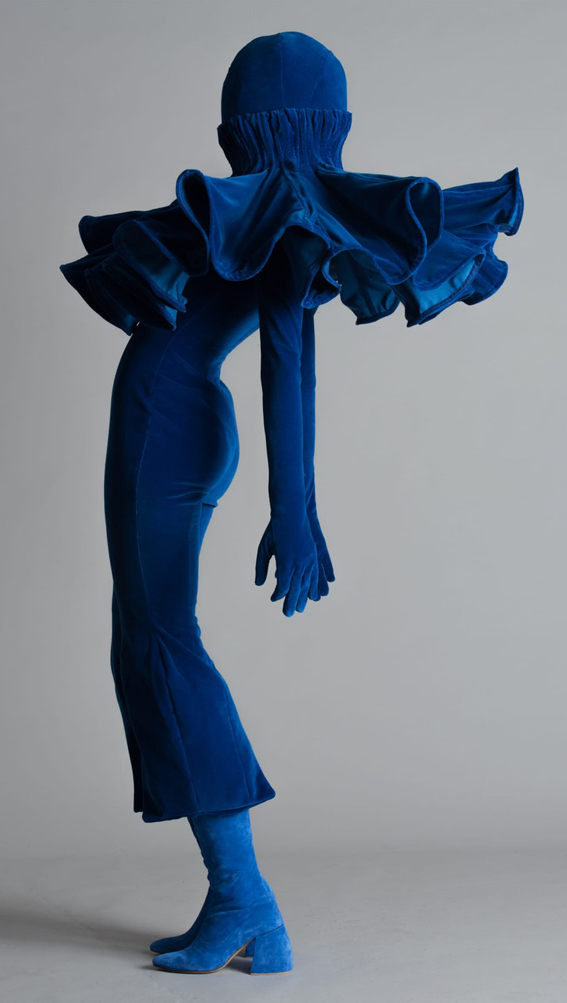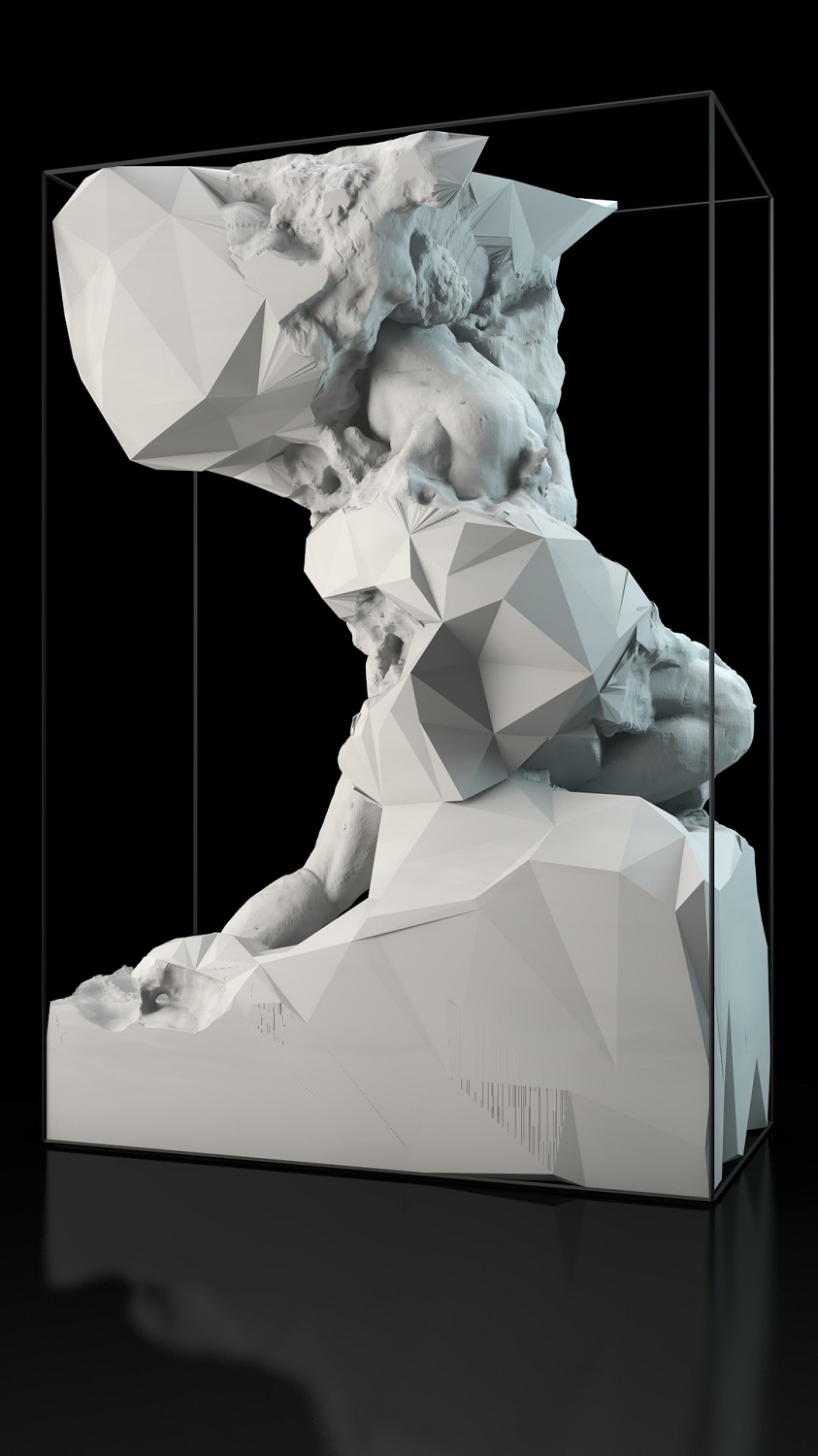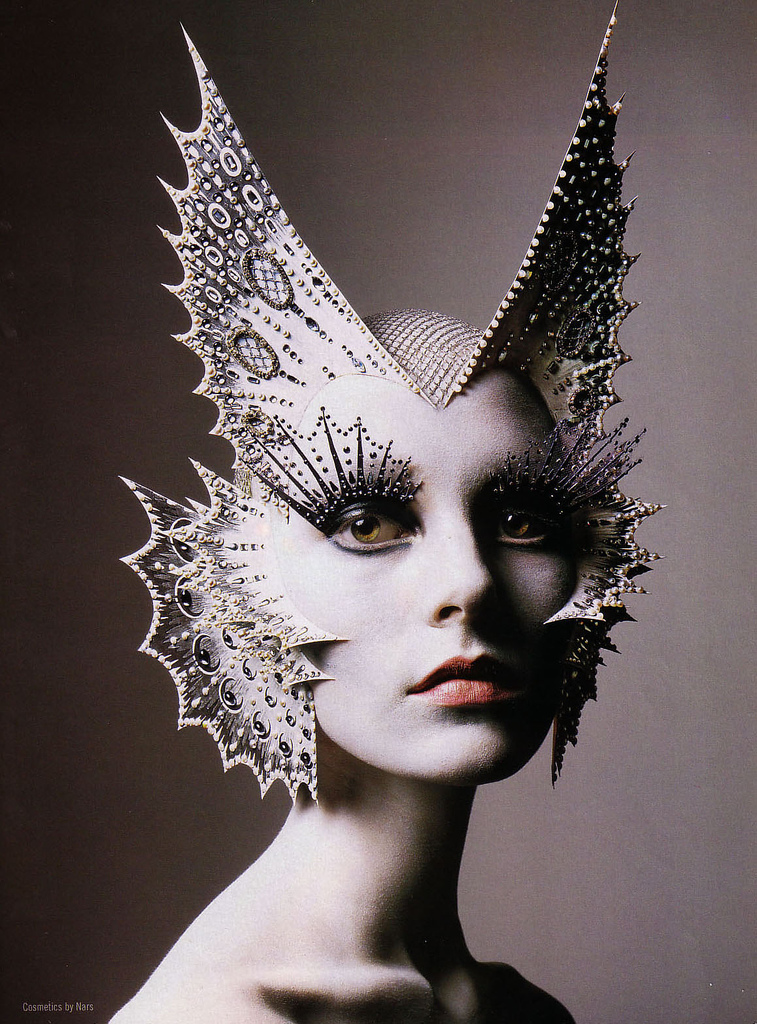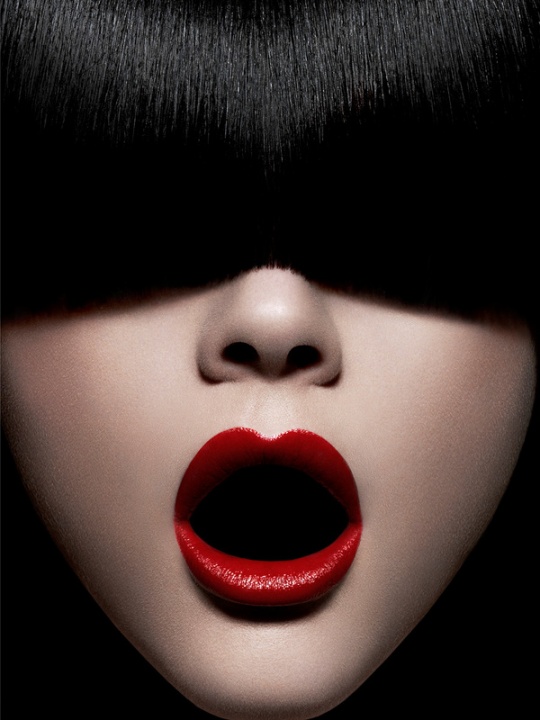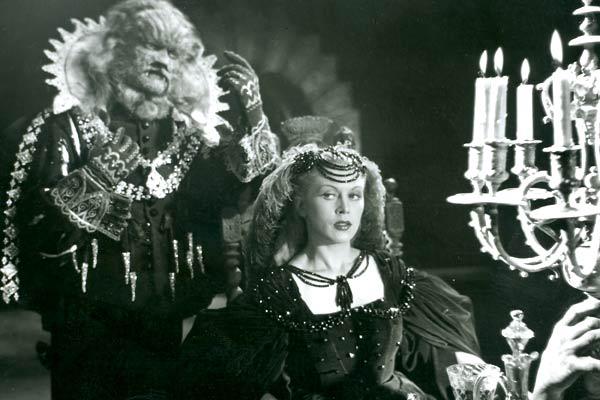Excellences and Perfections
“Sie ist eine multidisziplinäre Künstlerin, die von frühen Webarbeiten und Online-Performances bis hin zu neuen Stücken, die skulpturale Formen annehmen und Installationen, Fotografien und Performance-Acts beinhalten, je nach Projekt, Ausstellung oder Werk unterschiedliche Techniken anwendet. Er versucht, ein Gespräch und eine kritische Spannung zwischen Konzept und Gerät zu erzeugen. Eines seiner Netzkunstprojekte ist Excellences and Perfections. In den sechs Monaten des Jahres 2014 hat Ulman eine Geschichte über Instagram-Posts erstellt, die nicht seine eigene war, obwohl er sie mit seinem Namen signiert hat. Es erzählte von den Erfahrungen eines Zwanzigjährigen, der in der Stadt Los Angeles Erfolg haben wollte. Sie löste sich von ihrem Freund, injizierte Botox, nahm Drogen, unterzog sich einer Schönheitsoperation, erlitt einen Nervenzusammenbruch und tauchte wieder auf, nachdem sie den Tiefpunkt erreicht hatte. Sie erstellte einen vollständigen Bericht mit Hashtags und dem Image und der Ähnlichkeit der Profile vieler Mädchen ihres Alters, die sie im sozialen Netzwerk gefunden hatte. Während sie Tausende von Anhängern mit ihrer Fiktion begeisterte, hatte sie das Projekt bereits mehreren künstlerischen Institutionen in vorgeschlagen Nueva York und stellte es schließlich in der Tate Modern und WhiteChapel Gallery in London aus. So führte er in der Kunstwelt eine Debatte darüber, ob Instagram in Museen eintreten sollte.” Carlos Trilnick


